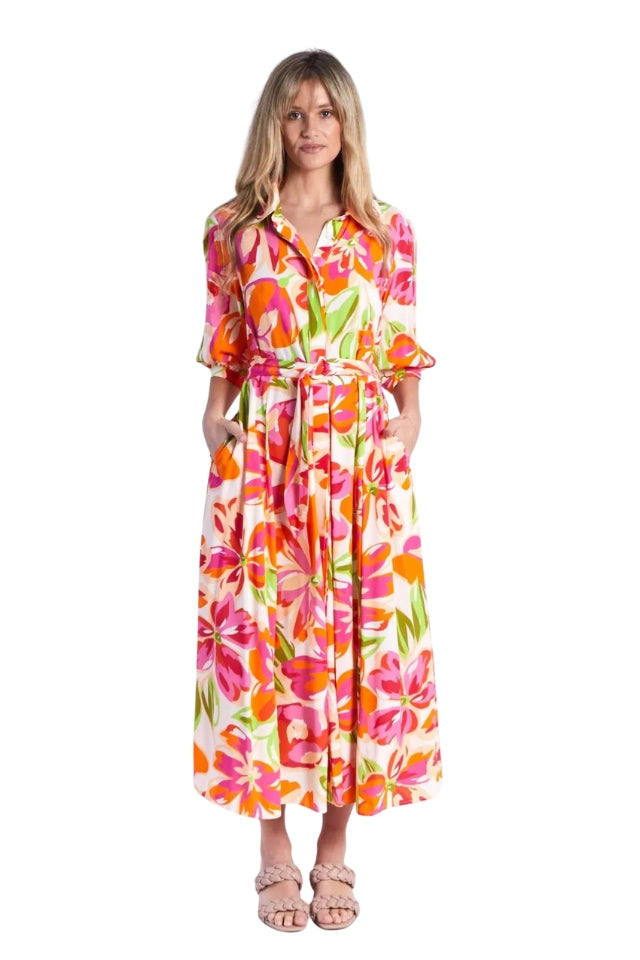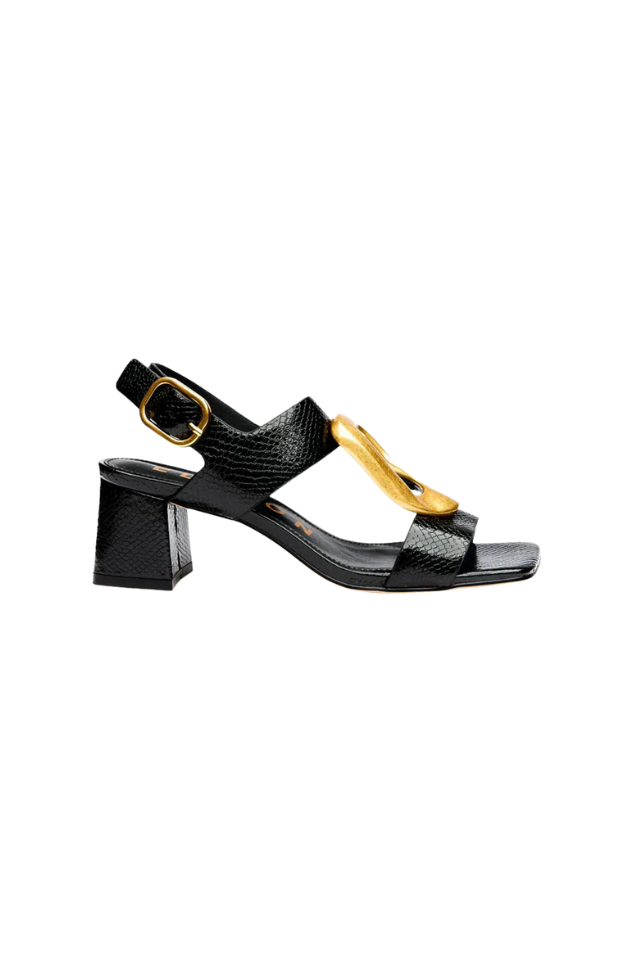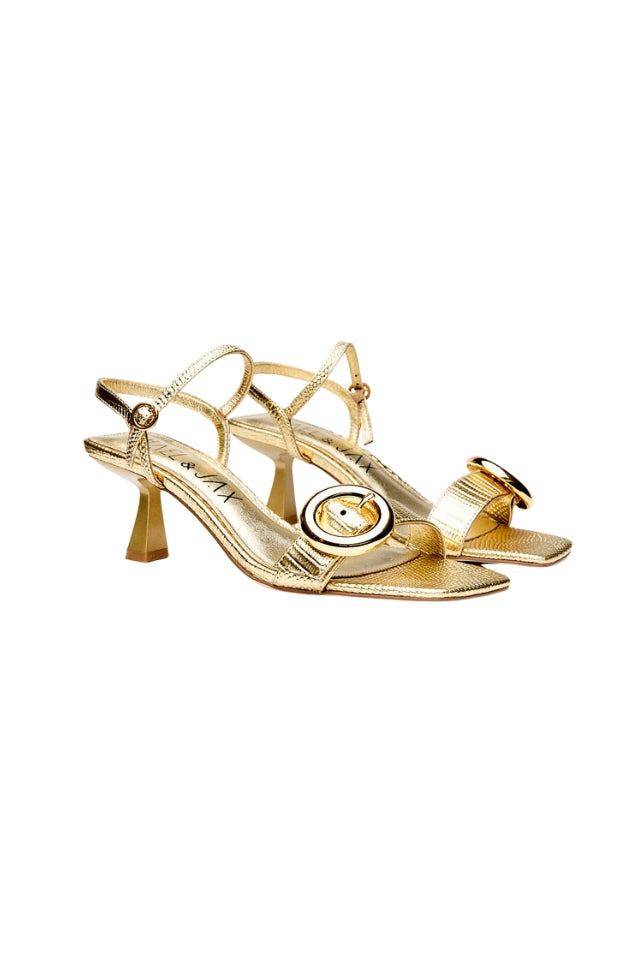
Fight Fast Fashion Statistics by Investing in Your Clothing
Fight Fast Fashion Statistics by Investing in Your Clothing
The fashion industry ♥ has changed drastically over the last decade. Fast fashion has become increasingly common with the development of cheaper, speedier manufacturing and shipping methods and a heightened consumer purchasing power. Whether you're looking to buy women's clothing online to jump on a new trend or to wear to a special event, trending styles are more obtainable than ever.
However, at what cost is this buying freedom gained? The impact of fast fashion on climate change is becoming increasingly clear. Here, we explore fast fashion statistics, the consequences of fast fashion, and how investing in high-quality brands can help.
What Is Fast Fashion?
In general terms, fast fashion is defined as cheap clothing that mass-market retailers rapidly produce to keep up with the latest trends. However, while consumers are attracted to the easy accessibility and low price of this clothing, fast fashion is far from ideal. Here are just a few of the detrimental ways fast fashion impacts the globe.
- Globally, an estimated 92% million tons of clothing-related waste is discarded yearly.
- While clothing production has doubled from 100 to 200 billion units a year, the number of times a garment is worn has decreased by 36%.
- Responsible for 10% of all humanity’s CO2 emissions, the fast fashion industry produces more carbon than maritime shipping and international flights combined.
Fashion companies that produce fast fashion utilise cheap labour and questionable working conditions to create new clothing at an unbelievable rate. You can pick up the latest trends in women's and men's clothing online for only a few dollars, but unfortunately, it comes with a cost.
You’re typically buying poorly-crafted garments
With such a quick turnaround comes shortcuts in production. Fast fashion clothing is typically low-quality, easily damaged, and not made to last. Perhaps this is to continue feeding the cycle, but poor-quality clothing is more than just wonky stitching.
Many fast fashion brands outsource to third-party suppliers, making enforcing quality control difficult. Furthermore, clothes from fast fashion websites such as Shein are toxic. Yes, you heard that right—toxic. An investigation in Canada revealed that approximately one in five garments tested exceeded the amount of lead the government permitted and were considered dangerous for children.
Clothes sit against the skin for long periods. Our skin is an organ, and a sensitive one, so it's vital that the clothes we wear are safe and not going to cause a reaction.
Unethical working conditions are prominent
Fast fashion brands work to create an inviting, forward-thinking image for audiences. Sadly, this is not an accurate representation of the factories creating the garments. It's widely known that fast fashion companies underpay workers. Workers in these garment factories make approximately $0.02 to $0.06 per item of clothing. In addition to being underpaid, they're overworked. Factory employees are on the clock for up to 70 hours per week to make an unliveable wage.
In addition to the treatment of workers, the structural integrity and conditions inside the factories are far from safe. One tragic example was the Dhaka garment factory collapse in 2013. This event caused more than 1,000 people to lose their lives and injured approximately 2,500 others. Despite prior warnings of structural damage, garment workers were ordered to return to work; the infamous collapse occurred the following morning during rush hour.
The pressure to deliver to such short production deadlines within the fast fashion industry is a primary motivator of these factory oversights.
It produces immense waste
Cheap clothing with a quick turnaround means that stock is far exceeding demand. However, fashion micro-trends have been prominent on social media, lasting merely a few weeks. Because fast fashion is quick to sell, with trendy dresses available for $15.00, more people are jumping onto micro-trends. Fast fashion 'hauls' are also becoming increasingly popular.
As our closets reshuffle and garments are no longer considered 'cool' or 'relevant', where do they go? Yes, we'd like to think that the majority, if not all of these clothes, get donated to charity shops, but this is hardly the case. Reports show that up to 200 tonnes of textile waste are dumped daily at sites in Kenya. Overflowing waste is another issue, either polluting waterways or being burned, polluting the air in local areas.
Kenya is not the only country dealing with the unbelievable amount of waste produced by the fast fashion industry. However, it serves as a fantastic example of how these fast fashion companies are destroying the planet at an alarming rate.
Fast Fashion’s Double-Edged Sword
While living costs rise and budgets tighten, high-quality clothing investment is moved further down the priorities list for many. It's unrealistic to assume that everybody can afford to purchase high-quality clothes first-hand.
Unfortunately, the low price of fast fashion makes it incredibly accessible. Many don't have any choice but to buy from fast fashion companies as it's all they can afford. However, you should still be a mindful consumer regardless of your financial position. Things you can do to be a mindful shopper include:
- Avoid making wasteful purchases simply for a new trend.
- Consider the materials and dyes used in the products and ensure they're safe for the skin.
- Avoid buying from fast fashion companies known for offering unethical, unsustainable clothing.
How Investing in Quality Clothing Can Help
Although not everybody has the luxury to do so, for those who can, investing in high-quality clothing is a great way to join the fight against fast fashion. This clothing will last, as time and care have gone into every aspect of the garment, from design to production. It is a direct way to help reduce the textile waste in landfills worldwide.
A 'slow fashion' movement has come into the limelight, protesting and counteracting the effects of fast fashion. People at all levels of the chain must adjust their habits. We must change how clothing is designed, produced, marketed, and consumed. It's about prioritising the quality of clothing over quantity. You're better off paying more for a garment that lasts 1000 wears rather than $10 for a dress that fades and rips in a week.
If you can afford to do so, it's always best to support brands that pay their workers appropriately and design quality garments. As more people start to make wise purchase decisions and awareness increases around the harmful nature of fast fashion, the industry will have no choice but to change.
Find Quality at Thomas’s
At Thomas’s Department Store, we have worked hard to curate a collection of clothing, brands, and homeware that align with our brand identity and ethics. We strive to provide high-quality clothing crafted to last a lifetime. Join the fight against fast fashion and invest in quality pieces from Thomas’s.



















